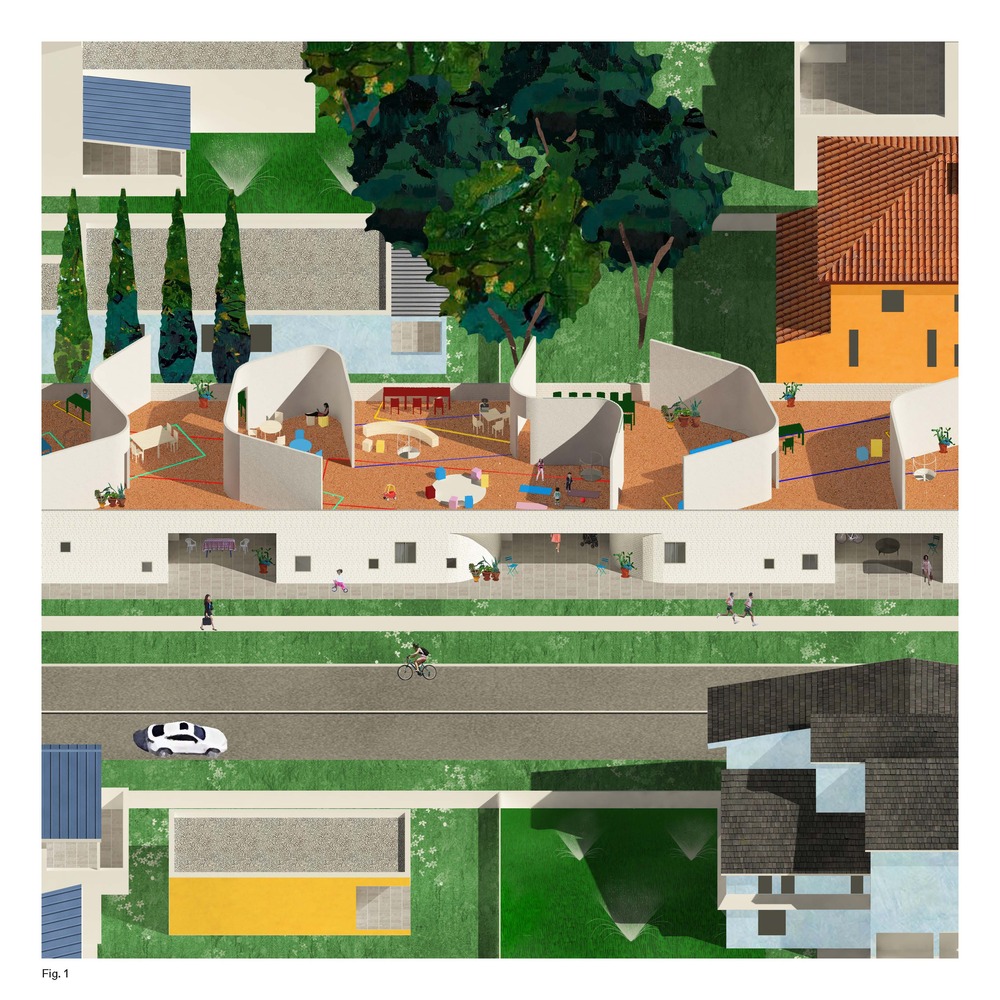What Makes a Home and How Do We Plan for its Future?
A home is one of the most significant architectural typologies that we experience throughout our lives. Largely serving as a significant private space, a home represents safety, ownership, and a sense of respite away from the rest of the world. It’s also historically been a place of routine, where we both begin and end our day, following the same patterns through different rooms of a home that we utilize. We can expect to sleep in our bedrooms, relax in a living room, cook in a kitchen, and eat in a dining room.
Despite the rigidity of purpose for each room, there’s something about a home that we cherish because of these standardized routines. But with new trends in technology, a shift towards an increasingly digitized world, and the abruptness of change brought on by the COVID-19 pandemic, how might we reconsider what a home means, and how might we adopt their designs to newly learned behaviors? What if the root of housing comes from how we view and utilize a home at its foundational elements?
 Picture: Courtesy of Arch Out Loud
Picture: Courtesy of Arch Out Loud